Durability, heat-resistance, and corrosion-resistance have for many years made Titanium and Stainless Steel two of the most popular metals to use for creating pipe screens. Now it’s time to decide which of these materials is truly the better option. In this article, we’ll explore both Titanium and Stainless Steel’s pros and cons to help you pick which material is right for your pipe screen needs.
Titanium is an ideal component for many industrial applications due to its superior strength and lightweight properties. It can be used in aerospace, medical, and high-heat projects, is corrosion resistant, non-toxic, and can withstand temperatures of up to 1,500 Celsius. Furthermore, it has a manageable weight for transportation and easy installation – making it the perfect choice for pipe screens.
Although titanium pipe screens carry a higher price tag than their stainless steel counterparts, they also present a few challenges. Being more brittle than stainless steel, it can be tricky to shape and work with. Also, due to its higher scarcity compared to other metals, titanium is not as easy to find in some areas.
Thanks to its impressive durability and an ability to withstand harsh conditions, stainless steel makes a great choice for pipe screens. Cost-effective and easier to handle than titanium, this metal is also highly temperature resistant, an ideal quality for areas subjected to extreme heat.
The advantage of titanium over stainless steel is that it is more robust and can support higher heat and challenging conditions. Titanium is also better able to fend off corrosion, meaning that it should require less maintenance over time. Stainless steel, however, has the disadvantage of being magnetic; this can cause trouble in situations where a strong magnetic interference should be avoided.
When it comes to selecting a suitable material for pipe screens, the decision must be made based on the specific application. Titanium has emerged as the go-to material for those needing ultimate resistance in high-temperature scenarios and harsh conditions, yet for most situations, stainless steel works great and helps keep costs in check. Ultimately, stainless steel is the preferred choice, yet if intense temperatures or environments are anticipated then titanium looks to be the optimal solution.
When creating a pipe screen, there are two main materials to choose from – stainless steel and titanium. But which is the superior material? We will explore the advantages and drawbacks of both to determine which one best suits your purpose. Although titanium is renowned for its durability and strength, is it sufficiently better than stainless steel?
If you’re looking for a pipe screen that offers durability and strength, titanium could be the material of choice. With its lightweight build, it’s easy to handle and transport. Titanium also boasts a corrosion-resistant quality that prevents rust and corrosion in contrast to steel. In addition, it works to outlast steel with its unrivalled robustness and impressive longevity.
Stainless steel comes with several appealing benefits, one of which is that it’s more wallet-friendly than titanium. Its heat resistance is another bonus, with its ability to fend off melting and warping being a major plus-point. On top of that, stainless steel is far simpler to clean and take care of, meaning you won’t have to shell out for pricey maintenance works.
Your pipe-screen decision comes down to what you require and how far your wallet will stretch. Titanium is undoubtedly the best choice if you’re searching for dependable strength and uncompromised longevity; nevertheless, stainless steel is the convenient choice if affordability is of the essence. Ultimately, the final decision rests with you and your distinct needs.
Both stainless steel and titanium have their own unique merits when it comes to pipe screens. Titanium is remarkably durable, boasting strength and resistance to corrosion, however it can be vulnerable to heat and comes with a heftier price tag. Stainless steel presents a more economical choice which withstands heat better, yet is prone to rusting and can be slightly heavier. It is ultimately up to the individual to decide which option is the most suitable for their demands and financial capability.
Post time: 2023-07-14
Related Product
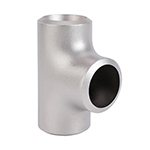
stainless steel Straight Tee
Stainless steel tees are pipe fittings and pipe connectors. It is used at the branch pipe of main pipe. Stainless steel tees can be divided into equal diameter tees and reducing te […]

Stainless Steel Capillary Pipe Tube
304 stainless steel capillary tube 316L precision seamless tube manufacturer of ultra small caliber thin-walled tube for medical instruments texture of material:304、316 Spec […]
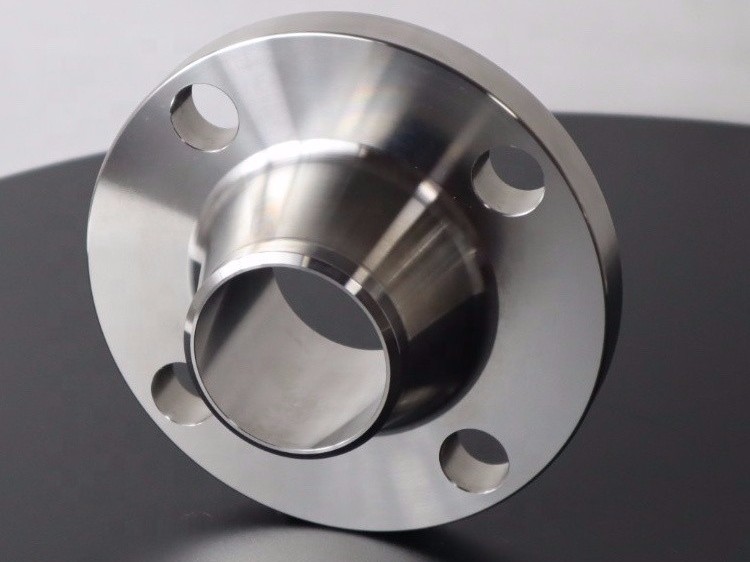
Stainless steel flange
Stainless steel flange Stainless steel flange is mainly used for pipe connection in pipeline engineering. INTRODUCTION Stainless steel flange is mainly used for pipe connect […]
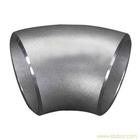
Stainless steel 90 ° elbow
In a piping system, an elbow is a fitting that changes the direction of a run. Product introduction The 90 ° stainless steel elbow is composed of fabric reinforced stainless steel […]
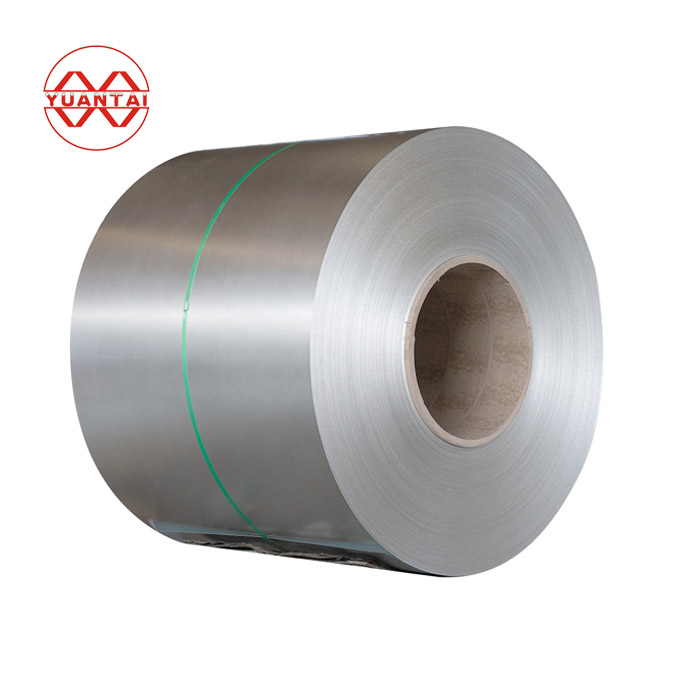
Stainless steel coil 316L 304 201 310S stainless steel cold rolled coil wiredrawing film
Thickness specification of stainless steel strip – table (full page length and width can be customized by zero cutting) 0.05mm 0.1mm 0.15mm 0.2mm 0.3mm 0.4mm 0.5mm 0.8 […]

Billet 420 round steel 3.0-300mm 420 stainless steel bar good straightness quenching and tempering treatment
Billet 420 round steel 3.0-300mm 420 stainless steel rod straightness is good Quenching and tempering treatment 2Cr13 stainless steel has high hardness and good corrosion resistanc […]

Stainless steel grooved pipe Stainless steel special-shaped pipe
The stainless steel grooved pipe is a kind of stainless steel profiled pipe. The stainless steel profiled pipe is the general name of the steel pipes of other cross section […]

Stainless steel square tube
Stainless steel 201 304 square tube, durable, stainless steel square tube for building decoration Stainless steel square tube is a kind of hollow long steel, because the sec […]
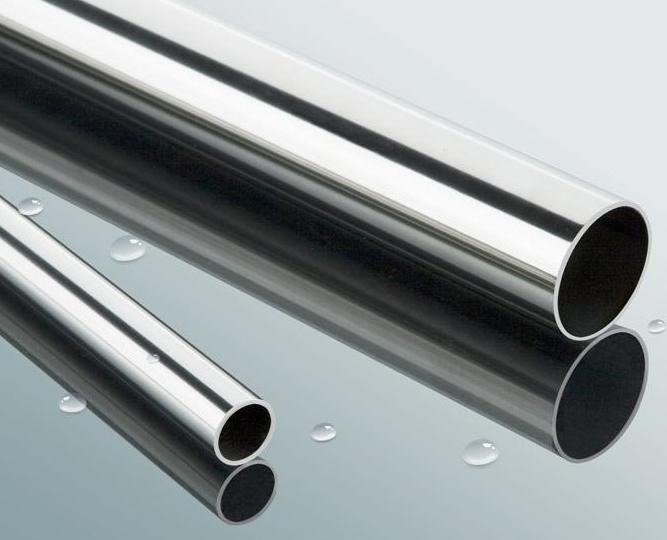
38BA clean pipe ss304 stainless steel pipe ferrule connection stainless steel pipe
Product name 3/8 “BA clean pipe ss304 stainless steel pipe ferrule connection biopharmaceutical fluid delivery Classification BA clean pipe/EP super clean pipe Product Desc […]
